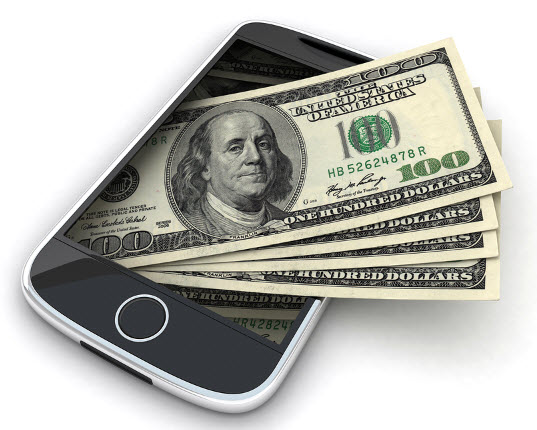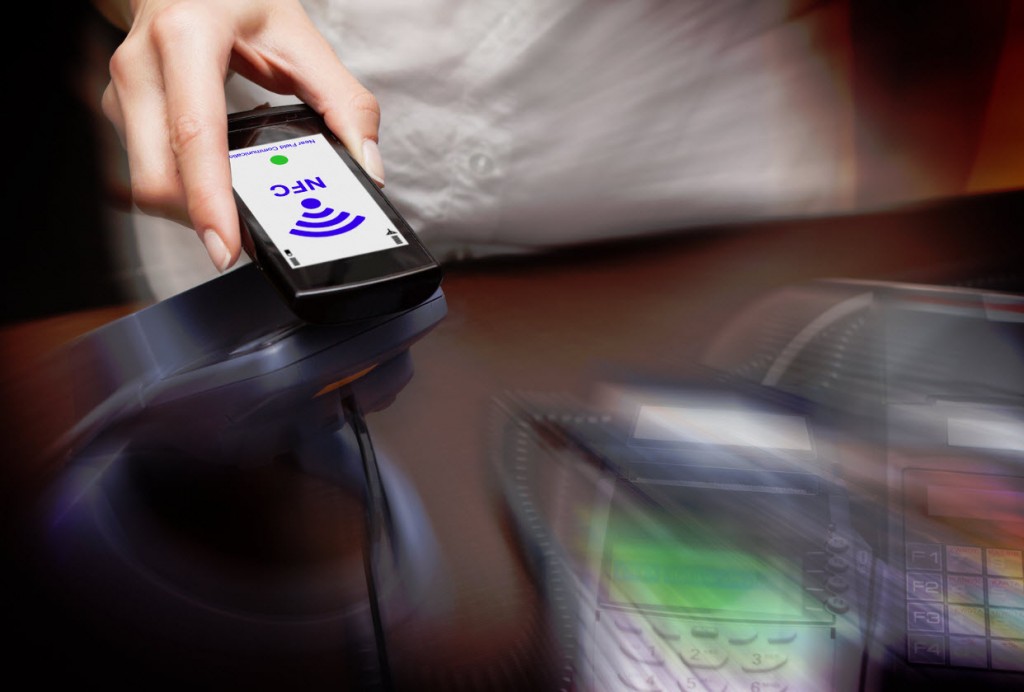Mobile shopping hits a new high
Mobile commerce has erupted during Thanksgiving and Black Friday, aligning with the expectations coming from many retailers throughout the U.S. and elsewhere. Branding Brands, a leading commerce firm representing some of the world’s top retailers, has issued a report concerning mobile sales, traffic, and general mobile activity during the year’s most active shopping days. The report notes that mobile sales showed astonishing growth this year over what they had been in 2012, providing strong encouragement for retailers that have invested heavily in mobile-centric endeavors.
Data shows that mobile traffic has grown rapidly
According to Branding Brands, mobile traffic to retail sites increased by 69% over what had been recorded during Thanksgiving and Black Friday of 2012. The data collected by Branding Brands suggests that smartphones were the most widely used mobile platform for shoppers this year. Approximately 32.56% of all e-commerce traffic to retail sites came from smartphones this year, with tablets following closely behind.
Mobile sales increase by 258%
 Traffic is not the only aspect of mobile commerce that has been showing impressive growth during the holidays. According to Branding Brands, mobile sales have exploded thanks to the mobile initiatives launched by retailers. These initiatives were meant to capture the attention of mobile consumers, many of whom were expected to purchase products during Thanksgiving and Black Friday from their mobile devices rather than visit physical stores. Branding Brands’ data shows that mobile sales for 2013 have increase by 258% over what had been reported by retailers in 2012.
Traffic is not the only aspect of mobile commerce that has been showing impressive growth during the holidays. According to Branding Brands, mobile sales have exploded thanks to the mobile initiatives launched by retailers. These initiatives were meant to capture the attention of mobile consumers, many of whom were expected to purchase products during Thanksgiving and Black Friday from their mobile devices rather than visit physical stores. Branding Brands’ data shows that mobile sales for 2013 have increase by 258% over what had been reported by retailers in 2012.
Adobe highlights growing interest in mobile commerce
Technology firm Adobe has also been monitoring mobile activity recently. The firm has collected data from more than 400 million online visits to over 2,000 retail sites throughout the U.S. This data shows that 24% of all online sales were made from a smartphone or tablet during Thanksgiving and Black Friday, a 118% increase over what sales had been in 2012.

 The researchers in this study found that although near field communication based contactless payments are becoming increasingly popular in the United Kingdom and Europe, and that consumers are trusting this tech as safe, these transactions are actually more vulnerable than had previously been thought.
The researchers in this study found that although near field communication based contactless payments are becoming increasingly popular in the United Kingdom and Europe, and that consumers are trusting this tech as safe, these transactions are actually more vulnerable than had previously been thought.